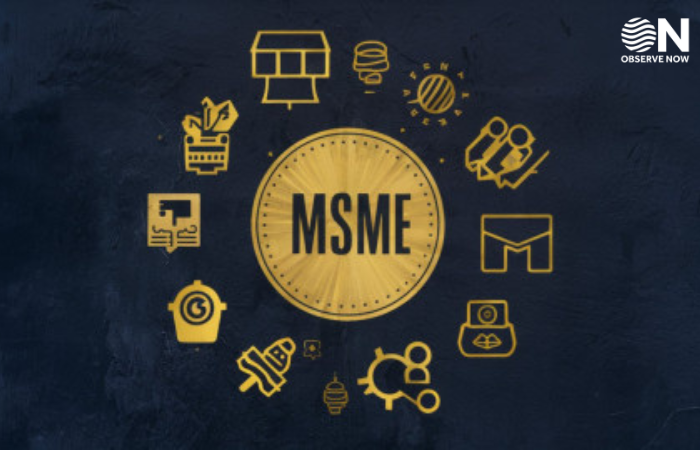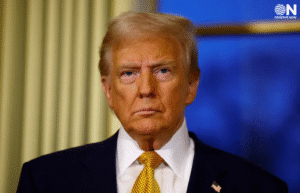India’s MSME Sector Positioned as a Key Engine of Economic Growth and Innovation

The Indian government continues to underscore the central role of micro, small, and medium enterprises (MSMEs) in driving the nation’s economic resilience, innovation, and inclusive growth. Union ministers have reiterated that MSMEs contribute approximately 30–36% of India’s GDP, nearly 40–45% of exports, and serve as a major source of employment across both urban and rural regions.
In recent statements, Finance Minister Nirmala Sitharaman urged fintech companies to prioritize extending credit to rural MSMEs, describing “Bharat as fertile ground” not just for financial technology innovation but also for expanding business opportunities. These comments align with her earlier praise for fintech’s role in strengthening the country’s digital public infrastructure and empowering small businesses and merchants across the nation. Meanwhile, Commerce and Industry Minister Piyush Goyal outlined a plan to launch a scheme to help MSMEs register products abroad, reducing export barriers and enhancing global competitiveness.
These recent government initiatives build on the momentum from Budget 2025, which introduced measures aimed at addressing critical bottlenecks such as limited access to credit, technology readiness, regulatory hurdles, and insufficient skilling. Among the key initiatives are the MSME credit card scheme, tripling of credit guarantee cover, targeted support for women and marginalized entrepreneurs, and enhanced logistics integration via India Post.
According to industry estimates, MSMEs currently represent the backbone of India’s manufacturing and service exports and employ millions of workers, particularly in smaller towns and villages. The government’s push to formalize MSMEs—currently over 4.7 crore registered under Udyam—aims to expand their eligibility for schemes and improve access to finance. Officials emphasize that MSMEs are critical to achieving the vision of ‘Viksit Bharat,’ creating equitable economic opportunities and reducing income disparities. Minister Jitan Ram Manjhi noted that enhanced digitalization, financial inclusion, and technology adoption at the grassroots will drive sustainable growth.
The government’s multi-pronged strategy targets expanding credit flow through strengthened credit guarantee frameworks and fintech collaboration, improving regulatory ease, deploying targeted incentives, and promoting exports. These efforts are instrumental in transitioning informal enterprises into high-growth MSMEs capable of competing globally.
As India shifts its economic strategy toward deeper integration into global value chains, reforms supporting formalization, digital infrastructure, and financial access aim to unlock the latent potential of MSMEs. Stakeholders believe that with continued policy support and private-sector engagement, these businesses can spearhead a scalable, inclusive growth model that will lift communities and strengthen the national economy for the next decade and beyond.
















